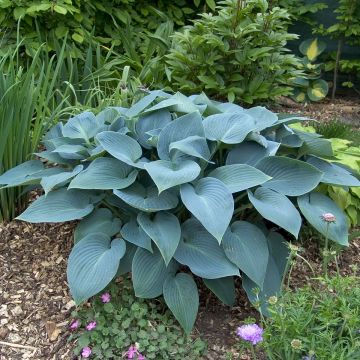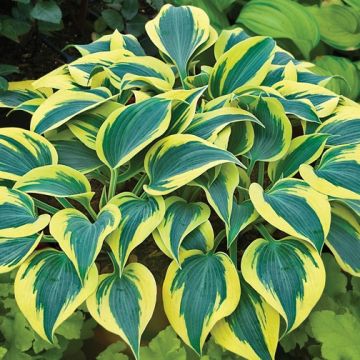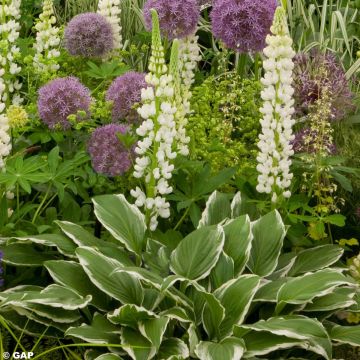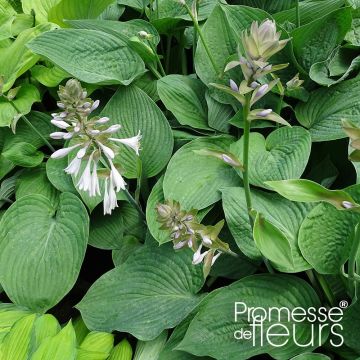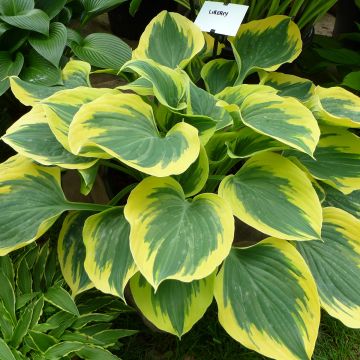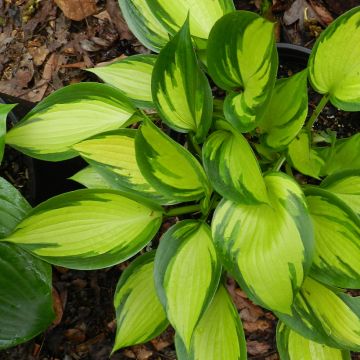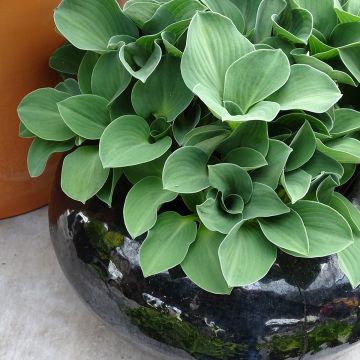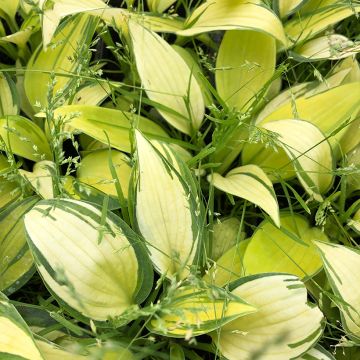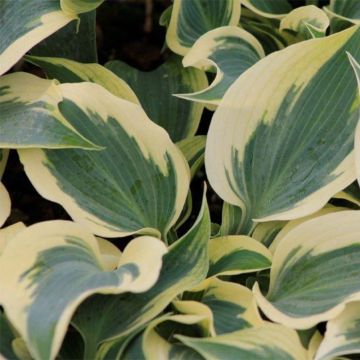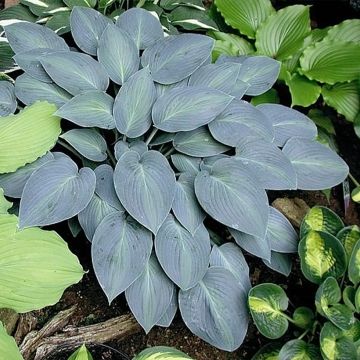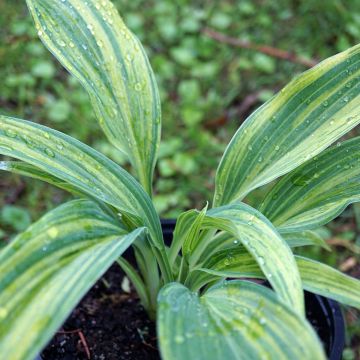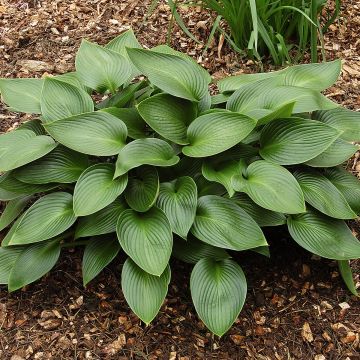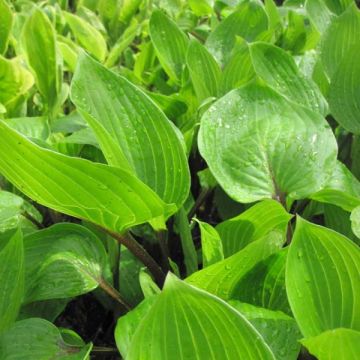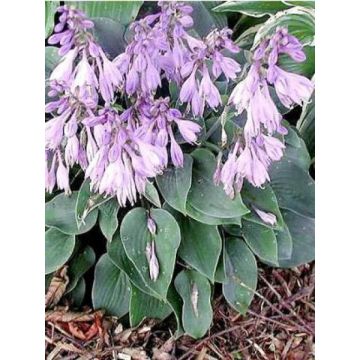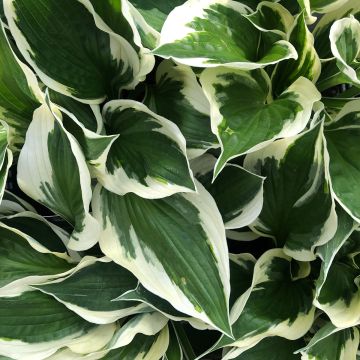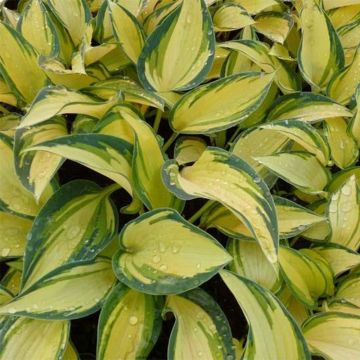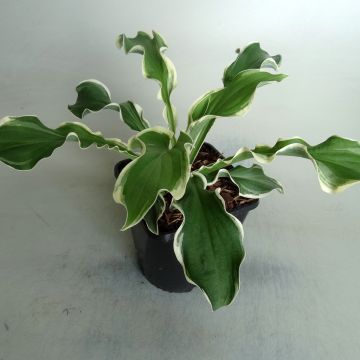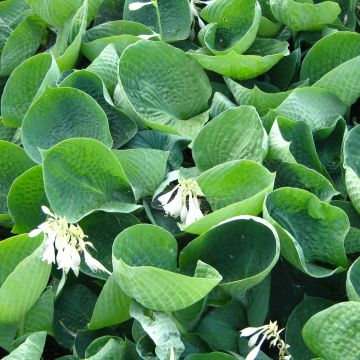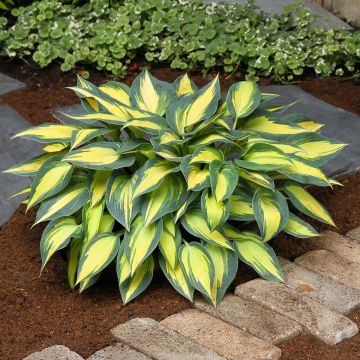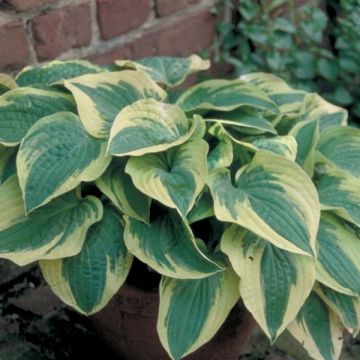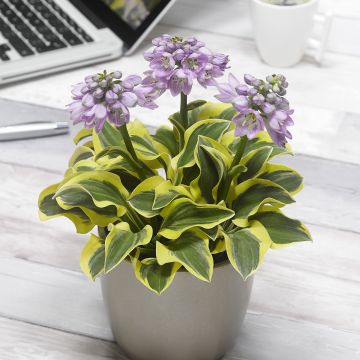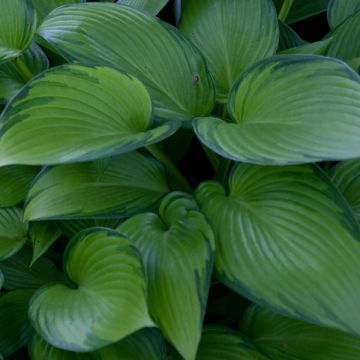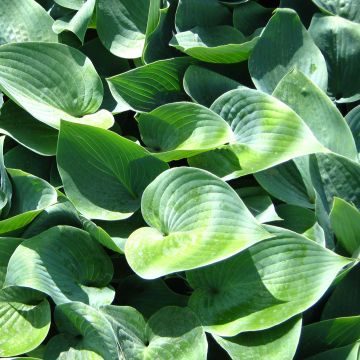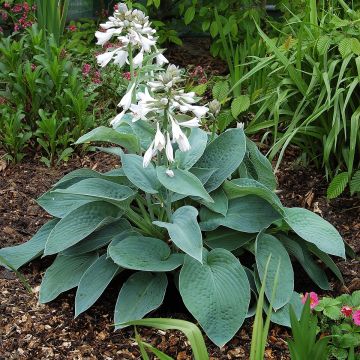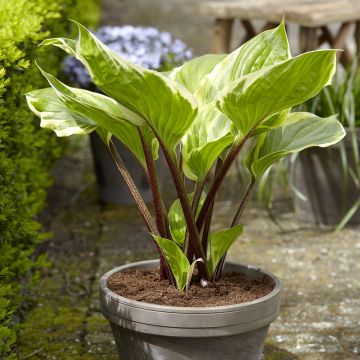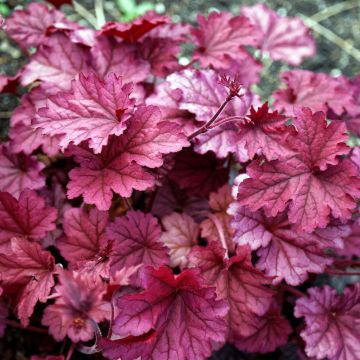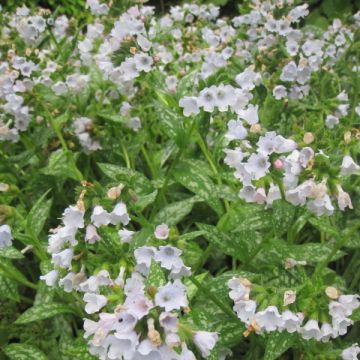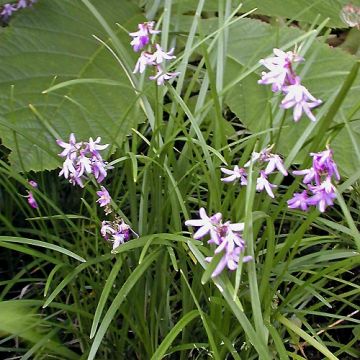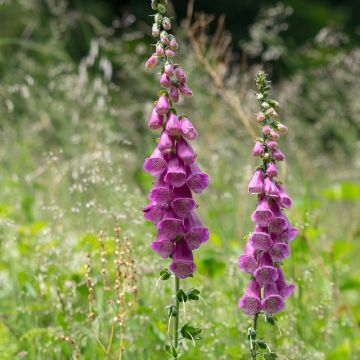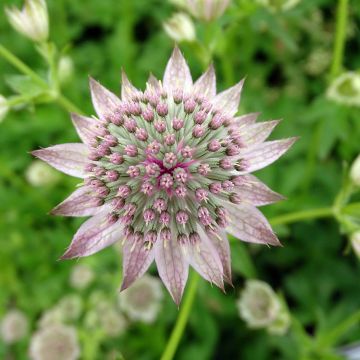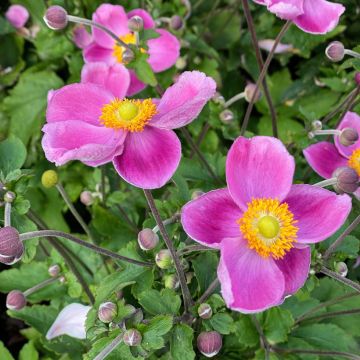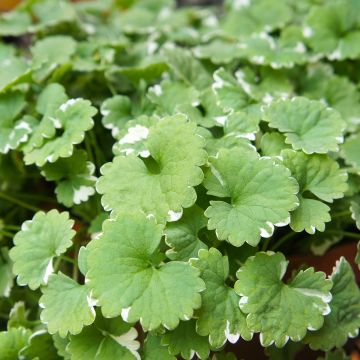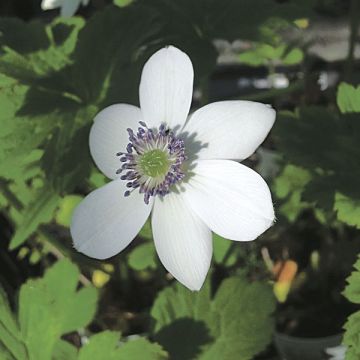Shipping country and language
Your country of residence may be:
Your country of residence is:
For a better user experience on our website, you can select:
Your shipping country:
Andorra
Austria
Belgium
Bulgaria
Canada
Chile
Croatia
Cyprus
Czechia
Denmark
Estonia
Finland
France
Germany
Greece
Hungary
Iceland
Ireland
Italy
Latvia
Lithuania
Luxembourg
Malta
Monaco
Netherlands
Poland
Portugal
Romania
Slovakia
Slovenia
Spain
Sweden
Switzerland
United Kingdom
We only deliver seed and bulb products to your country. If you add other products to your basket, they cannot be shipped.
Language:
French
German
Spanish
English
My Account
Hello
My wish lists
Plantfit
Log in / Register
Existing customer?
New customer?
Create an account to track your orders, access our customer service and, if you wish, make the most of our upcoming offers.
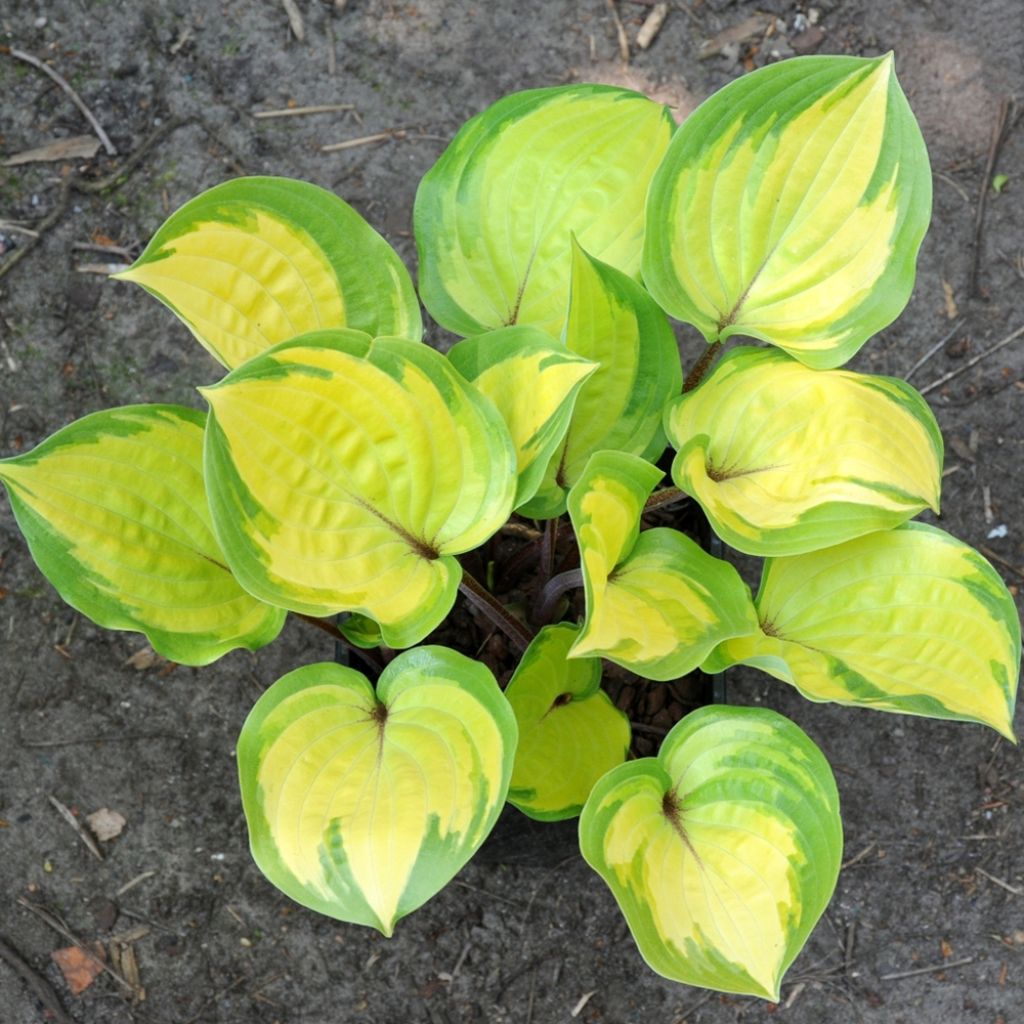

Hosta Volcano Island
Hosta Volcano Island
Hosta Volcano Island
Funkia, Plantain lily
Why not try an alternative variety in stock?
View all →Order in the next for dispatch today!
Dispatch by letter from €3.90.
Delivery charge from €5.90 Oversize package delivery charge from €6.90.
More information
This item is not available in your country.
Schedule delivery date,
and select date in basket
This plant carries a 12 months recovery warranty
More information
We guarantee the quality of our plants for a full growing cycle, and will replace at our expense any plant that fails to recover under normal climatic and planting conditions.
From €5.90 for pickup delivery and €6.90 for home delivery
Express home delivery from €8.90.
Does this plant fit my garden?
Set up your Plantfit profile →
Description
Hosta Volcano Island is a beautiful improvement on the 'Paradise Island' cultivar, surpassing it with the vigour of its upright habit, its more pronounced colour, and the thick texture of its leaves. Gathered in a large cluster, its leaves are yellow, turning chartreuse-green, bordered with green flames and carried by long pink-red petioles. Its summer flowering is lavender in colour. This perennial is perfect for shaded and cool areas of the garden or terrace. Volcano Island tolerates the morning sun, in moist soil.
Hostas belong to the Liliaceae family. Originating from Japan and China, there are no less than forty species and countless horticultural varieties appreciated for their foliage. The Hosta is a herbaceous and deciduous perennial plant that is easy to grow in ordinary soil, preferably in shade. Its growth emerges from the ground in spring and disappears in winter.
This Hosta 'Volcano Island' forms an upright clump. The plant bears beautiful slightly glossy and puckered basal leaves, elongated, heart-shaped, veined, with a pointed tip. Each leaf is carried by a dark red petiole that becomes brownish over time. The growth reaches about 35cm (14in) in height and 60cm (24in) in width at maturity. Flowering occurs in late summer, generally in August-September. From the clump of leaves emerge very dark stems measuring 58cm (23in) in height, bearing purple flowers. Hostas are very long-lived plants that can live for many years in the garden.
The Hosta Volcano Island is highly decorative in borders or as a container plant. Combine it with other varieties, as well as tiarellas and brunneras at the base of a large tree to create a splendid foliage display. It pairs well with many perennials such as astilbes, Japanese ferns, epimediums and purple cimicifugas, requiring little maintenance. Its foliage will cover the gaps left by spring-flowering bulbs. It will also thrive alongside lungworts, small violets... All hostas grow well in pots and can remain in the same container for several years. Choose a special geranium potting soil to use during the growing season. As long as the foliage is not too dense, you can water from the top of the pot. Then place a saucer under the pot, maintaining a constant level of water in summer.
Flowering
Foliage
Plant habit
Botanical data
Hosta
Volcano Island
Liliaceae - Hostaceae
Funkia, Plantain lily
Cultivar or hybrid
Other Hostas - Plantain Lilies
Planting and care
Hostas are planted in spring or autumn. Hostas prefer a deep, fertile, humus-rich, loose soil, preferably neutral to acidic (at least low in limestone), moist to wet throughout the year. Plant them in partial shade or dappled shade and in a sheltered location away from strong winds.
Prepare a planting hole of 20cm (8in) x 20cm (8in) x 20cm (8in). If your soil is heavy, mix half potting soil with crumbled soil, partially fill the hole and place the plant in a clump so that the top of the clump is covered with 3cm (1in) of soil. Adding a slow-release fertiliser (such as bonemeal) will nourish your plant during its rooting period without risk of burning. Make sure to position the collar well above ground level. Firm the soil and water generously to eliminate air pockets. If the weather is dry, regular watering will be necessary for a few weeks to facilitate your plant's establishment. Also, water regularly in dry summers.
With their common preference for damp places, slugs and snails never stray far from hostas. Even though blue or variegated hostas often have thicker and tougher foliage, which is less appetising to slugs, these plants still need protection from gastropods. Protect your hostas by surrounding them with eggshells, coffee grounds, mulch, or any dry and rough natural substance that repels them. Hedgehogs are a gardener's best allies in the fight against gastropods, as unlike chickens, they do not till the soil and do not attack the young green shoots of plants. Finally, some plants have a repulsive odour for slugs, such as wormwood and garlic.
Planting period
Intended location
Care
This item has not been reviewed yet - be the first to leave a review about it.
Shade-loving perennials
Haven't found what you were looking for?
Hardiness is the lowest winter temperature a plant can endure without suffering serious damage or even dying. However, hardiness is affected by location (a sheltered area, such as a patio), protection (winter cover) and soil type (hardiness is improved by well-drained soil).

Photo Sharing Terms & Conditions
In order to encourage gardeners to interact and share their experiences, Promesse de fleurs offers various media enabling content to be uploaded onto its Site - in particular via the ‘Photo sharing’ module.
The User agrees to refrain from:
- Posting any content that is illegal, prejudicial, insulting, racist, inciteful to hatred, revisionist, contrary to public decency, that infringes on privacy or on the privacy rights of third parties, in particular the publicity rights of persons and goods, intellectual property rights, or the right to privacy.
- Submitting content on behalf of a third party;
- Impersonate the identity of a third party and/or publish any personal information about a third party;
In general, the User undertakes to refrain from any unethical behaviour.
All Content (in particular text, comments, files, images, photos, videos, creative works, etc.), which may be subject to property or intellectual property rights, image or other private rights, shall remain the property of the User, subject to the limited rights granted by the terms of the licence granted by Promesse de fleurs as stated below. Users are at liberty to publish or not to publish such Content on the Site, notably via the ‘Photo Sharing’ facility, and accept that this Content shall be made public and freely accessible, notably on the Internet.
Users further acknowledge, undertake to have ,and guarantee that they hold all necessary rights and permissions to publish such material on the Site, in particular with regard to the legislation in force pertaining to any privacy, property, intellectual property, image, or contractual rights, or rights of any other nature. By publishing such Content on the Site, Users acknowledge accepting full liability as publishers of the Content within the meaning of the law, and grant Promesse de fleurs, free of charge, an inclusive, worldwide licence for the said Content for the entire duration of its publication, including all reproduction, representation, up/downloading, displaying, performing, transmission, and storage rights.
Users also grant permission for their name to be linked to the Content and accept that this link may not always be made available.
By engaging in posting material, Users consent to their Content becoming automatically accessible on the Internet, in particular on other sites and/or blogs and/or web pages of the Promesse de fleurs site, including in particular social pages and the Promesse de fleurs catalogue.
Users may secure the removal of entrusted content free of charge by issuing a simple request via our contact form.
The flowering period indicated on our website applies to countries and regions located in USDA zone 8 (France, the United Kingdom, Ireland, the Netherlands, etc.)
It will vary according to where you live:
- In zones 9 to 10 (Italy, Spain, Greece, etc.), flowering will occur about 2 to 4 weeks earlier.
- In zones 6 to 7 (Germany, Poland, Slovenia, and lower mountainous regions), flowering will be delayed by 2 to 3 weeks.
- In zone 5 (Central Europe, Scandinavia), blooming will be delayed by 3 to 5 weeks.
In temperate climates, pruning of spring-flowering shrubs (forsythia, spireas, etc.) should be done just after flowering.
Pruning of summer-flowering shrubs (Indian Lilac, Perovskia, etc.) can be done in winter or spring.
In cold regions as well as with frost-sensitive plants, avoid pruning too early when severe frosts may still occur.
The planting period indicated on our website applies to countries and regions located in USDA zone 8 (France, United Kingdom, Ireland, Netherlands).
It will vary according to where you live:
- In Mediterranean zones (Marseille, Madrid, Milan, etc.), autumn and winter are the best planting periods.
- In continental zones (Strasbourg, Munich, Vienna, etc.), delay planting by 2 to 3 weeks in spring and bring it forward by 2 to 4 weeks in autumn.
- In mountainous regions (the Alps, Pyrenees, Carpathians, etc.), it is best to plant in late spring (May-June) or late summer (August-September).
The harvesting period indicated on our website applies to countries and regions in USDA zone 8 (France, England, Ireland, the Netherlands).
In colder areas (Scandinavia, Poland, Austria...) fruit and vegetable harvests are likely to be delayed by 3-4 weeks.
In warmer areas (Italy, Spain, Greece, etc.), harvesting will probably take place earlier, depending on weather conditions.
The sowing periods indicated on our website apply to countries and regions within USDA Zone 8 (France, UK, Ireland, Netherlands).
In colder areas (Scandinavia, Poland, Austria...), delay any outdoor sowing by 3-4 weeks, or sow under glass.
In warmer climes (Italy, Spain, Greece, etc.), bring outdoor sowing forward by a few weeks.
